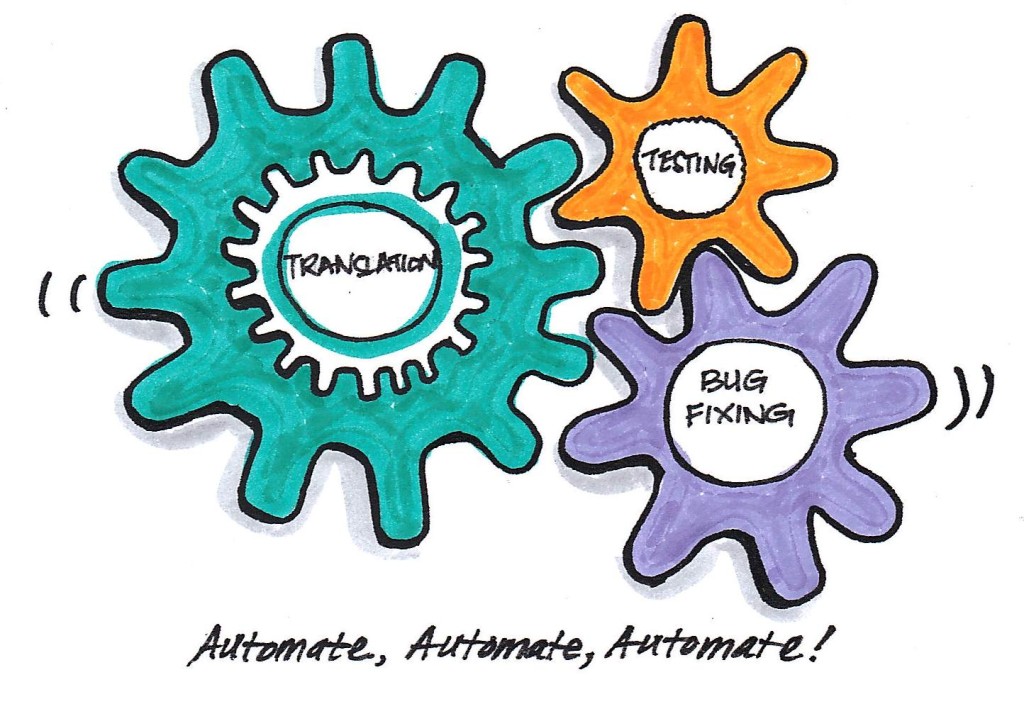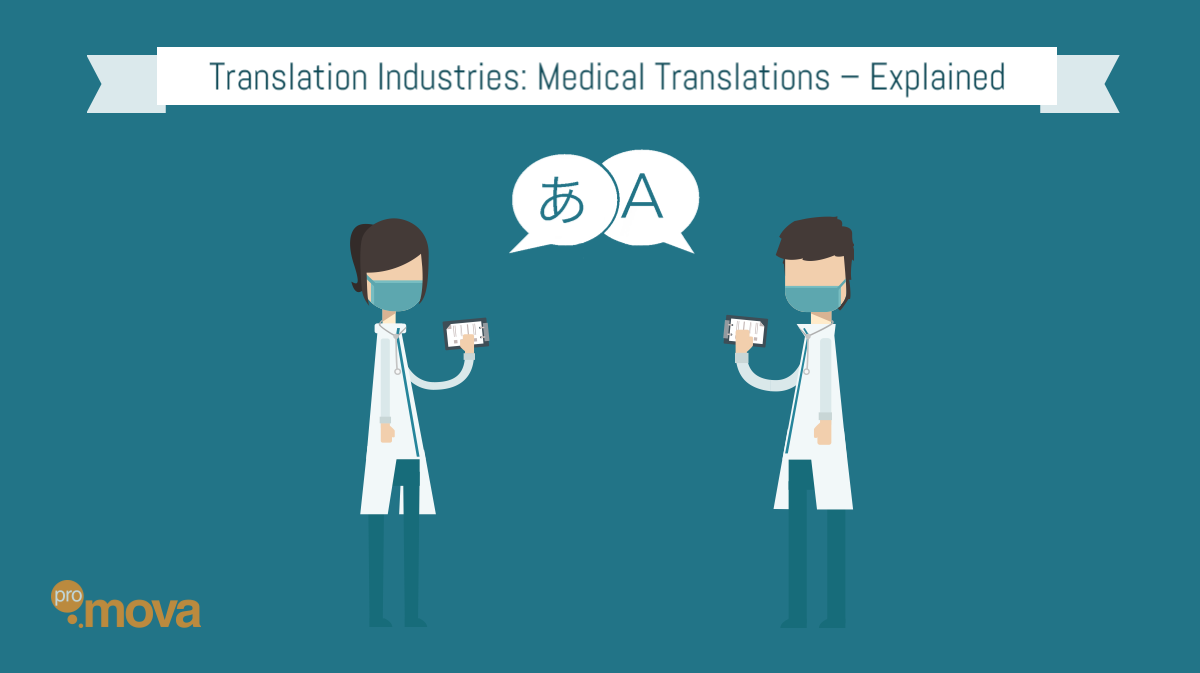 Do you perform QA checks in your translation projects?
Do you perform QA checks in your translation projects?
One of our clients has asked us a reasonable question – why quality assurance (QA) check is needed at all if we claim that our translation and localization services are compliant with industrial standards such as EN 15038. Why, indeed? Those who know the inside of the game can tell that according to EN standard a translation should be checked by the translator and afterwards revised by a second person. So, if the text is translated by a competent professional and then revised by a competent professional what is the point in QA check? Let’s try to figure out when QA stage is of utmost importance and just being compliant with standards is not enough.
To begin with, nobody would ever doubt the common principle behind any production: the output quality should be controlled and measured in order to ensure that the product complies with requirements. The same applies to the translation industry. However, not only quality of translations should be controlled but quality of processes within translation company as well. Generally, translation companies with QMS (quality management system) implement QA check at different stages to measure efficiency and adequacy of their working procedures. In this case QA is a system of different measures targeting quality control in general. Now, we’ll talk about the QA as a translation verification, i.e. a QA or LQA (linguistic quality assurance) check as a step of the translation process. Is it really needed if the quality of a translation is ensured by means of review and/or proofreading?
Let’s consider the matter from the point of view of risk management. What are the potential risks to the quality of the translation and which actions can minimize them?
Firstly, as a translation and localization company outsources some services, it is obliged to check the incoming materials quality, even if the text came in after revision or review.
Secondly, human factor is not to be forgotten. Translators are not machines (if we talk about human translation, of course) and errors might appear even in a very good translation generated by an expert translator/reviser combination. Especially when tight deadline pressure adds up.
Then, take into account the project scope, whether it involves multiple resources (translators and/or revisers). A common pattern is: the more translators work on the same project the more style and terminology vary. Using single reviser can help to keep the lexicon unified. But what if you have a team of several translators and revisers working simultaneously on the same project? In this case QA task becomes a challenge, as it’s aimed to unify terminology, style, eliminate technical issues, etc. throughout whole text. At this rate it should be carried out by another specialist able to control both translators’ and editors’ work.
 As for the ways to carry out QA or LQA checks, it mostly depends on needs of the project in question. Whether it is website localization or technical translation, game localization or legal translation, software localization or marketing transcreation, requirements differ considerably. In general, quality of texts can be ensured by QA modules embedded in CAT-tools (computer-aided tools used for translation).
As for the ways to carry out QA or LQA checks, it mostly depends on needs of the project in question. Whether it is website localization or technical translation, game localization or legal translation, software localization or marketing transcreation, requirements differ considerably. In general, quality of texts can be ensured by QA modules embedded in CAT-tools (computer-aided tools used for translation).
Most common checks they provide are for wrong terminology, formatting, punctuation, incomplete translations, local standards non-compliance etc. Complex projects additionally require an external QA-tool capable of finding cross-file misses like inconsistencies of all kinds. Furthermore, all QA-tools, either embedded or external, can generate a file with the QA check results. Usually it contains a list of misses. Thus, when misses are fixed, the newly generated file can serve as a report of the QA task performed or as an evidence for the error-free text. Such reports can be provided to customers, if needed.
Another way to run QA or LQA check in any project is to include in the translation process an additional verification with the focus on the project-specific key issues. That is, to run a check against the project checklist.
To check the text in the final format is the most efficient way to ensure the highest quality, however, it is not always feasible within the project framework. The majority of software localization projects need professional localization testing in order to be successful.
Analyzing which checks to perform and at which stages is the task of the project management on the vendor side. Usually, LQA or QA verification step is included in the translation process at vendor’s discretion. If the vendors’ translation process includes QA verification in the project timeline, it proves they are not indifferent to the end product quality which adds value to their services and to the translation text as such. The best contribution a customer can bring here is strong communication with a project team, i.e. being specific regarding project requirements, staying open for any project-related queries, and being able to hear the potential issues reported.


